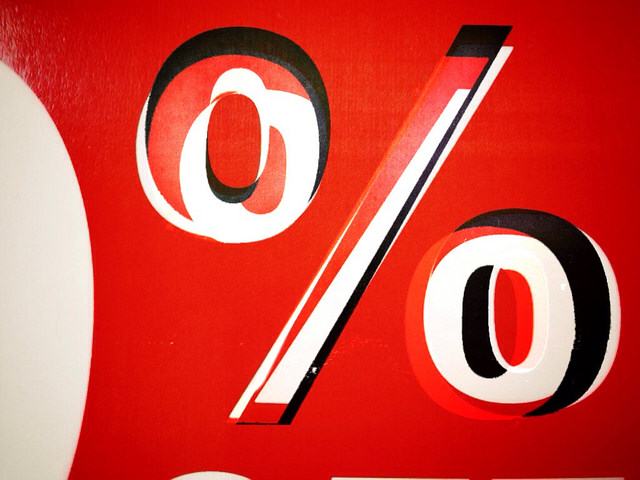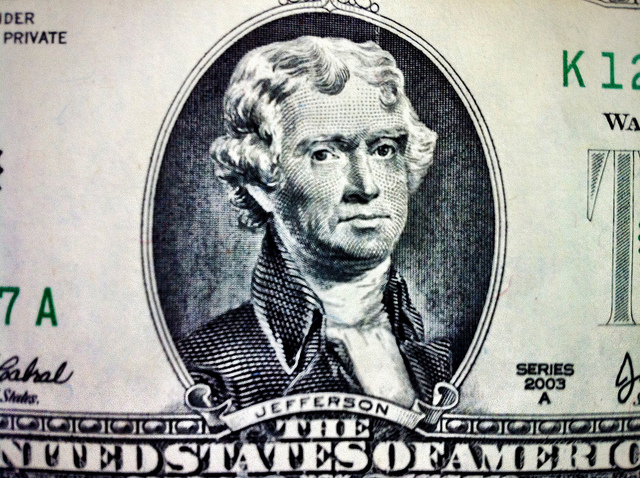According to the Mortgage Bankers Association’s Weekly Applications Survey, demand for mortgage applications rose last week, though home buying activity was relatively flat from the week before. The Purchase Index – which tracks application demand for loans to buy homes and is considered a good indicator of future sales – was down 1 percent, though it remains 17 percent above last year’s level. The year-over-year improvement suggests buyer interest has been strong so far this spring due, in part, to the fact that mortgage rates remain historically low. Combined with solid job creation, low interest rates are expected to help keep demand high this year by counteracting home price increases and low for-sale inventory. Last week, rates continued to hold firm. In fact, average rates for 30-year fixed-rate mortgages with both jumbo and conforming balances were virtually unchanged from the week before. On the the other hand, mortgage rates for loans backed by the Federal Housing Administration and 15-year loans both decreased. Spurred on by low rates, refinance activity jumped 3 percent, which helped boost overall demand by 1.3 percent. The MBA’s weekly survey has been conducted since 1990 and covers 75 percent of all retail residential mortgage applications.













